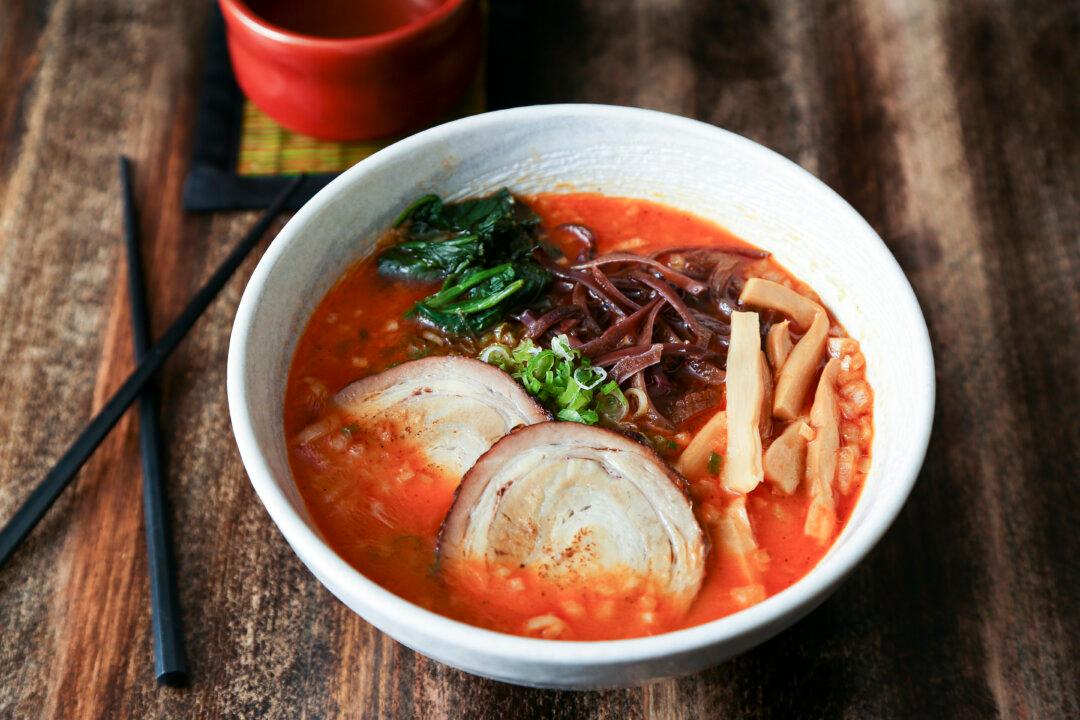When I encountered Hinata Ramen last week, I felt a wave of hope rise in my chest.
You see, ramen and I have a troubled history.
For a brief time after college, my best friend and I would gab late every night over bowls of fiery packaged ramen noodles. A few weeks of that, and I quit eating ramen. I could have sworn it was starting to burn a hole through my stomach lining.
Ever since then, I rarely eat ramen, instant or not. Even deep in the middle of the hot ramen trend, I have only been at ramen spots a handful of times. I couldn’t reconcile myself to ingesting loads of salt and MSG, coupled with memories of an achy belly and a parched mouth.
A foodie friend of mine who‘ll eat almost anything, and certainly a great lover of all manners of comfort food—much of it unhealthy— recently confessed, “I feel dirty after eating ramen,” as if he’d done something untoward and clandestine.
In Japan, certainly, despite its popularity and the cult following that some ramen spots enjoy, ramen is seen as unhealthy.
And yet ... isn’t it strange that a noodle soup—if you strip ramen down, it comes down to just broth and noodles—should have gone down such a perfidious road when other noodle soups are taken as panacea against illness?
All-Natural Ramen
Hinata Ramen presents a healthy take on noodle soup.
The chef and owner, Madoka Tamura, grew up in Fukuoka, Japan, famous for its tonkatsu ramen.






